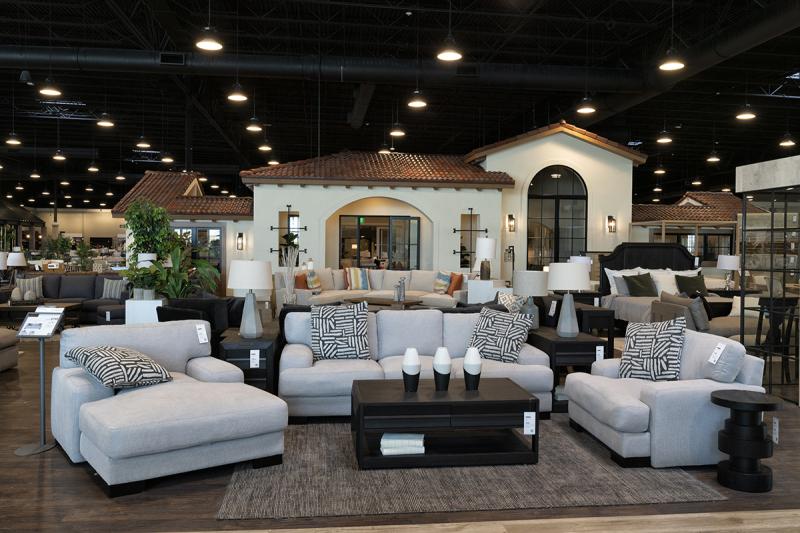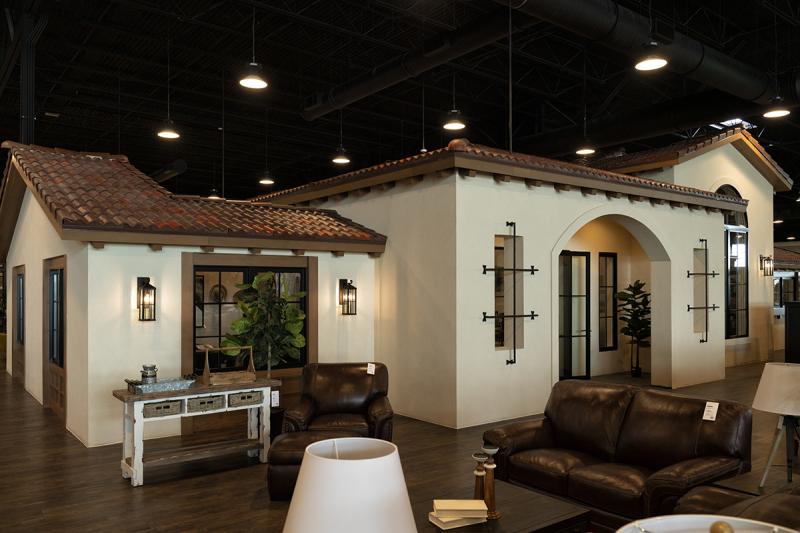How Living Spaces Tapped Live Chat In its CX Evolution
Thanks to the dramatic acceleration in e-commerce, Living Spaces, a California-based furniture retailer with more than two dozen locations, recently sought to more effectively translate its in-store experiences to a digital setting. As part of this, it wanted to improve its associates’ efficiency and effectiveness.
The company, which was founded in 2003, in turn partnered with Intercom to strengthen the customer service requirements that accompany such a shift, upgrading its online CX platform with a messenger-based chat experience. The implementation resulted in not only bringing Living Spaces’ customer service response times to previously unheard-of levels, but it’s also prompted a meaningful cultural shift among the retailer’s team members.
Pete Franco, Living Spaces’ VP of e-commerce, took some questions from RIS News about their experiences and offered tips for retailers in similar circumstances.
RIS: What were the drivers or pain points that prompted you to partner with Intercom? What were the goals?
Franco: Like many retailers, we saw our customers' needs change, especially during the pandemic. It was important that we meet our customers where they were — and it became increasingly clear that our customers wanted to shop online, or in the case of the pandemic, had to shop online. As a result, we spent a good deal of time figuring what our customers would need and what they preferred when it came to this experience.
While we have long prided ourselves on delivering great shopping experiences for our customers at our stores, we knew we needed to bring that same experience online. We needed a solution that not only replicated the in-person relationships that we have with our customers, but one that enabled our teams to improve their efficiency with just the right amount of automation.
Intercom gave our teams the ability to provide automated support with the personal touch our customers desire when making big purchases such as furniture. Intercom allows us to have personal, real-time conversations with visitors on our website and provides a seamless experience whether a customer has follow-up questions on an item they saw in-store or whether they decide to do their shopping from home.
RIS: How have business processes changed as a result of this project?
Franco: The biggest process change has been our ability to bring sales, support and e-commerce teams onto a single platform, improving their efficiency and our customer’s experience. We’ve also seen an increase in the flexibility our retail store teams have. They are able to work on the floor and help customers in-store for part of the day, and spend another part of their day helping customers online through Intercom.
This really helps our staff feel more ingrained in the broader company and they also enjoy the opportunity to learn more about what customers truly need, and to develop relationships with them before they even visit us in-store.
RIS: Which business functions have most benefited from the implementation?
Franco: Our sales, support and e-commerce teams have seen immense and positive change from this implementation. By bringing all customer experience functions onto one easy-to-use, scalable platform, our team members have been given more time back in their day to address customer needs and build stronger relationships with them.
We’ve also seen positive momentum from other teams across the business, such as our product team, which uses Intercom to search for feedback and apply it to improve our product selection for customers.
RIS: What have been the benefits? How are you measuring success?
Franco: The biggest benefit we’ve seen is the level of support we can now provide to our customers — Intercom’s conversational support means we no longer have to choose between our team’s efficiency and offering personalized customer support. We can have the best of both worlds.
Another impactful benefit has been the cultural shift our support team has undergone since going all in on Intercom’s messenger-based approach. We’ve gone from saying, “We hope customers don’t need to contact us” or “We hope everything works out,” to “Let’s get out there and send them messages,” because we know we can efficiently respond to their replies, which is something we couldn’t do with phone calls.
Our team’s average first response time to customers through Intercom is now under one minute — something that was not previously possible through our phone and email support.
We’ve also switched over our outbound customer communication strategy from only email to messenger-based chat with Intercom. Customer replies to any marketing emails go straight into Intercom, which helps us respond to customers faster.
RIS: Has anything surprised you about the results?
Franco: Going into this process, we were clear on what we wanted to get out of it and what our goals were when it comes to customer experience. When we made the decision to go with Intercom, we were hopeful the tool would blend the online and in-store experience — and it did not disappoint. Intercom has proven itself to be the tool we needed to create even better experiences for our customers and employees.
RIS: What were some of the challenges you encountered?
Franco: There was a learning curve that came with the implementation. Also, getting our retail staff used to helping customers online at times rather than being fully in-person took some time for teams to get used to.
We saw a quick ramp-up in chat volume we hadn’t completely planned for. It took is a few months to get and train the resources to fully support this channel.
We had to think through how to log these conversations within our exiting CRM. Initially it was an extra manual step. Eventually, we used the Intercom APIs to accomplish this in an automated way.
RIS: Has it helped you manage or navigate the unprecedented consumer demand shifts during the pandemic?
Franco: It definitely has. Like many other retail brands during the pandemic, we saw increasing demand for support. With Intercom, we’re able to gather more information from our customers so we can be more proactive and responsive to their needs than ever before.
From the standpoint of having a very detailed customer service record for all of our interactions, we can get out in front of problems or even make suggestions to mitigate them to ensure our customers have the best experience possible. We understand purchasing furniture can be a big, stressful decision, and we’re glad that we've been able to mitigate that when it comes to shopping with Living Spaces.
RIS: What best practices can you offer to retailers looking to improve their customer service through technology, especially during this challenging time?
Franco: First, you need to recognize and appeal to the way your customers want to receive customer service. We saw that our customers preferred to use a messaging channel, because it was friendly, quick and personal. If we had just added more people to staff our phone lines, that likely wouldn’t have triggered as much success for our customers nor our support teams as Intercom.
Second, we all know that budgets have been constrained during the pandemic. You must make sure that the technology you implement has a clear, bottom-line ROI benefit. With Intercom, we’re able to provide better customer service, which means a better customer experience that pays off in customer loyalty.
It also saves our support teams time and resources, so we are directly seeing a return on investment there.








_0.jpg?itok=ecEfMCtR)


